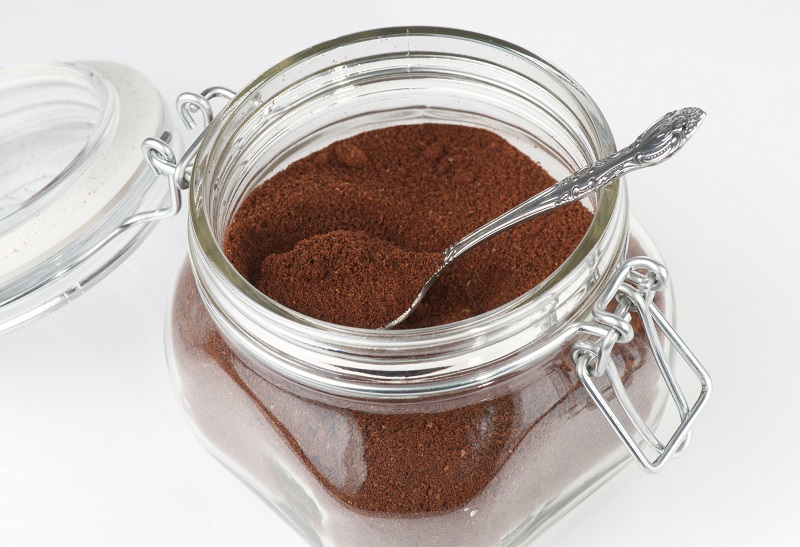
Despite “aggressive growth goals,” insurers cautioned to keep their powder dry
April 25, 2022 by David Gambrill

Print this page Share
Although the industry achieved a highwater mark financial result in 2021, industry executives are cautioning insurers to keep their powder dry and not reduce pricing drastically to grow market share.
“I just look through the windscreen, all the things coming at us as we’re driving forward,” Andrew Steen, president of Berkley Canada commented at the Insurance Institute of Canada webinar Pivot with Purpose, held Thursday. “And we’re just saying, “Hey, the road ahead looks bumpier than the road behind…
“How does that manifest? This is really what our customers are asking, what our brokers are asking, so what does that mean to my price going forward? I just think we’ve had a great outcome [in 2021]. I don’t think we’re out of the woods.”
Steen was referencing the industry’s results in 2021, which were the best in almost 15 years.
“By now you might have heard the news that 2021 was by far the most profitable year for the industry since 2006,” MSA Research president and CEO Joel Baker wrote in the Q4-2021 MSA Outlook Quarterly. “Overall, the industry (excluding government insurers) ran an ROE of 17.2% compared to 11.2% in 2020. Compare this to 8.3% in 2019 and 6.25% in 2018…
“The reasons for the favorable results in 2021 include the hard market conditions in both commercial and personal lines over the past few years, depressed auto losses due to reduced traffic due to the pandemic, healthy reserve releases, and the absence of large-scale [catastrophes] in the past two years.”
Echoing Baker, Alister Campbell, president and CEO of the Property and Casualty Insurance Compensation Corporation, says time will tell whether such results can be sustained.
“It is important, when looking at such positive returns, to remember our industry history…which shows that P&C insurance profitability has been widely cyclical,” Campbell writes in PACICC’s 2021 Annual Report. “In the past, high levels of profitability have never proven to be sustainable for P&C insurers…
“Every single time that insurers have reported such above-average profits, competitive forces have quickly acted to cut the industry’s return on equity in half – to an average of 7.4% ‒ within two years. The high returns on equity reported by insurers in 2020 and 2021 are likely to follow this same historical pattern.”
Steen notes multiple factors that make the road for insurers look bumpier ahead.
“What are the factors that have led to those exceptional results?” Steen asks. “It’s interesting, a broad swath of improved loss ratios. I mean, you’ve got auto down by 10 points. You got commercial property and liability down by 10 points or more each over prior year. And then you’ve got personal property running at a better loss ratio than long-term average, significantly better for the last couple of years.
“So as I think about that, I think about, ‘Well, how likely are those factors to continue as we go forward into the future?’ I think what we see is some of those factors are really starting to fade away.”
For example, more people are driving now than they were during the first years of the pandemic, when people were working from home to avoid the spread of COVID-19, as Steen noted. Interest rates are rising, reducing the bond value of insurers’ investments in the short-term. And inflation, caused by supply-chain issues, are escalating reconstruction costs for carriers. To say nothing of social inflation, which are escalating costs for legal actions.
So, will the hard market be extended as a result of these factors?
Brokers and their clients have a vested interest in a stable market, Victoria Stanhope, president and CEO of Stanhope Simpson Insurance Ltd., observed at the Insurance Institute of Canada webinar. And a wild hard market-soft market swing at this point would eat substantially into insurers’ financial returns.
“From a broker standpoint, competition is starting to heat up again in the market,” Stanhope observed. “So of course, with more competition in the marketplace, that puts pressure on rates, which is going to have a have an impact on insurer profitability….
“We all know that some insurers and underwriting teams have very aggressive growth goals for ‘22. So we’re hoping, especially on the broker side, that responsible underwriting does continue. Because if there is undercutting behavior, or things of that nature, then then we could all be in a tough spot again very quickly. Nobody wants to see that. Everybody wants to see stability in the market.”
Feature photo courtesy of iStock.com/Kondor83